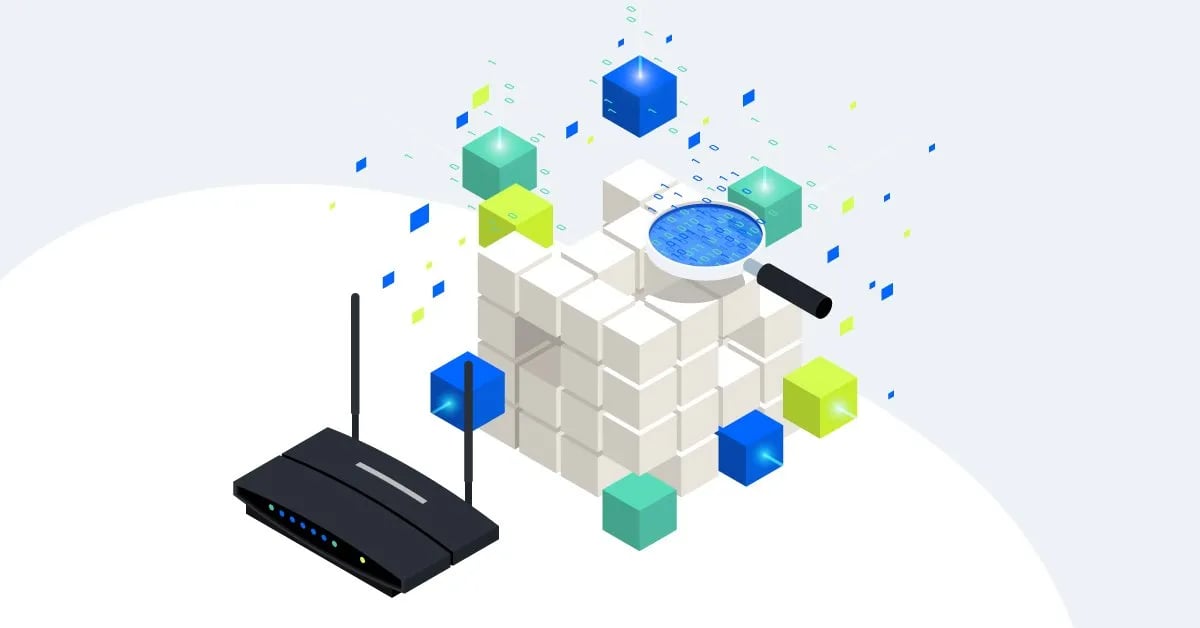Big data, part 3: How (and why!) to establish your data guidelines

In recent weeks, we’ve been talking plenty about big data. You’ve learned what it is. You’ve explored the ways support calls can help you aggregate essential information. You’ve discovered how smart home brands can use this data to reduce returns.
But what we haven’t talked about yet—and what we’re going to cover today—is what you need to do to get started using big data.
And that starts with establishing your data guidelines.
Why do you need data guidelines?
As with anything, really, you need to have a few ground rules. With big data, these rules take two key forms:
- The internal guidelines you set for how you want to collect and use your data, which will determine how useful your data is over time
- The external guidelines that already exist and govern how you will safely handle the data you collect and use
In both cases, the rules are there to protect you and your customers—and they also help keep your data strategy focused. By having guidelines established, anyone who’s involved—either now or in the future—knows what’s expected of them and what needs to be accomplished.
What types of guidelines should you consider establishing?
Ultimately, your own internal data guidelines should cover what it is you want to accomplish using big data. They’ll tell you where to look, what to include in your data analysis, and what you can do to simplify what is a notoriously difficult process.
When creating your guidelines, ask:
- Can the data we’re looking for help us understand both key metrics and larger causation and trends?
- Can this data be consistently gathered at different touchpoints in the business?
- Is there any way we can collect this data automatically?
- How can we deliberately format this data so we can mine it effectively?
- Can we collect this data in a vendor-neutral way to avoid any potential skewing?
Of course, the data you collect will evolve over time. As you collect and analyze your data, you’ll likely discover insights that trigger new data collection requirements. What’s most important at the beginning is that you decide on the data you want to collect and start collecting it quickly.
How to keep up with existing guidelines
You’ve probably already encountered the rules and regulations around processing and storing data, so it’s important to remember to apply them to big data, too. Although it’s not what you’d consider traditional data collection, it’s still important to protect your customers’ privacy!
Make sure you’re aware of any existing guidelines that you’ll need to follow, both for the area where you’re storing and using data and for your customers’ geographical locations. After all, they may differ from the rules you’re used to.
